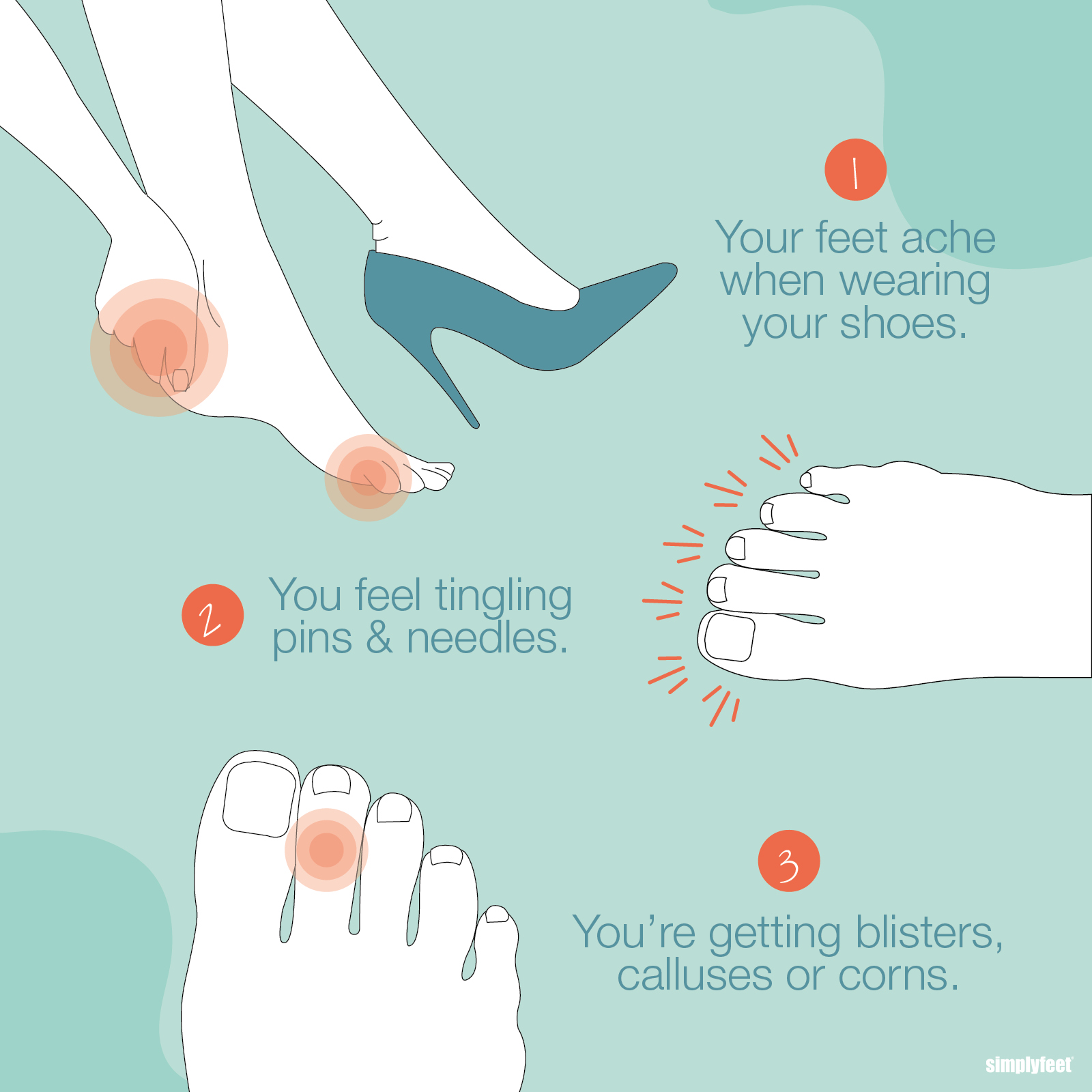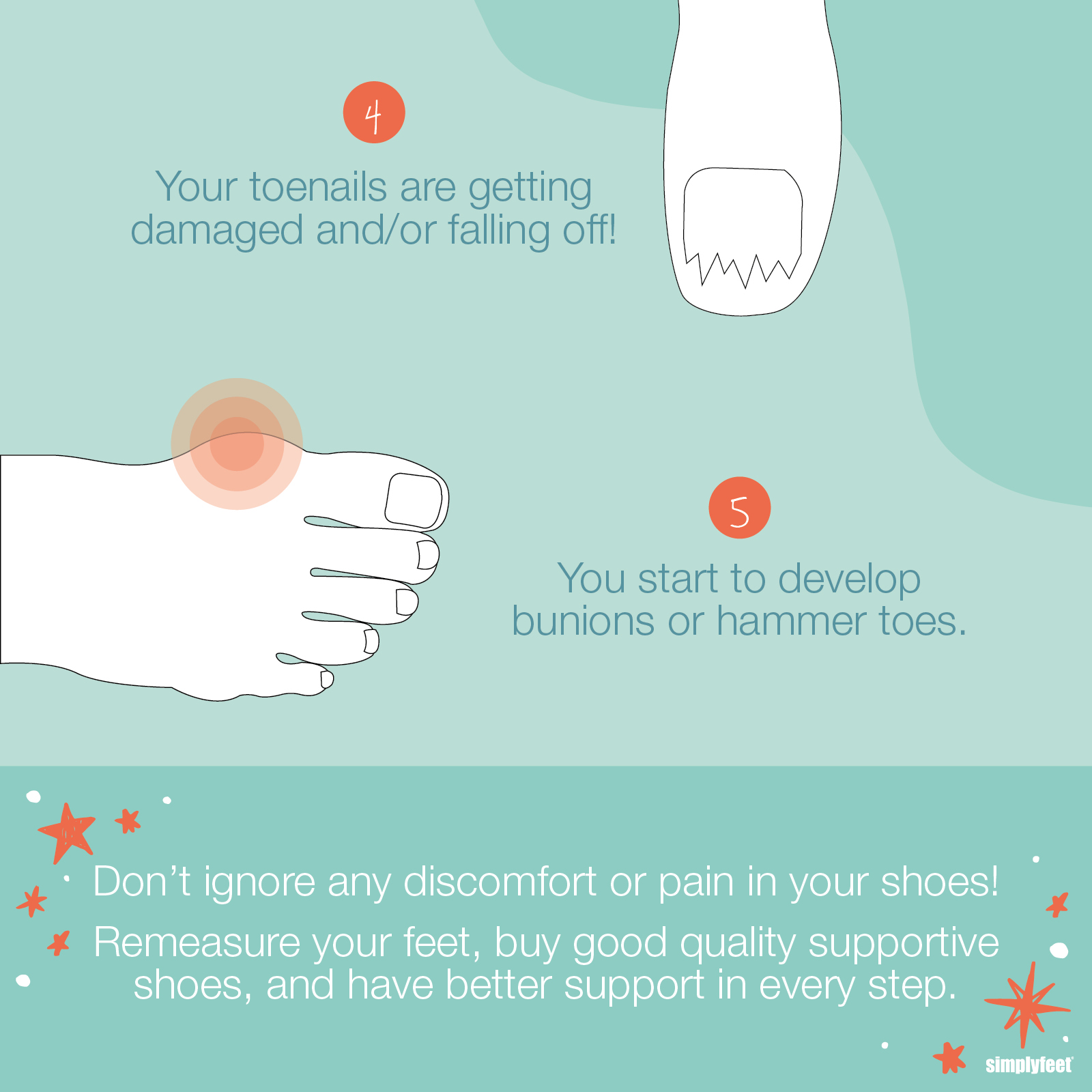Understanding Width Fittings
Understanding shoe width fittings is essential for finding footwear that offers both comfort and support. Shoe width refers to the measurement of the foot's girth at its widest point, typically across the ball of the foot. It's crucial to get the right width to ensure that your shoes fit comfortably and provide adequate support. Here's a guide to understanding shoe width fittings:
1, Measurement System:
Shoe widths are often measured using letters (e.g., A, B, C, D, E, EE, EEE), with each letter representing a specific width measurement. Different regions may have slightly different sizing systems, but they generally follow a similar pattern.
2, Standard Widths:
"D" width is considered standard or medium width for most shoes. It's designed to fit the average foot comfortably.
Other standard widths include:A: Narrow
B: Narrow to medium
C: Medium
D: Medium (standard)
E: Wide
EE (or W): Extra-wide
EEE (or WW): Even wider than EE
3, Special Widths:
Some brands offer shoes in special widths beyond the standard range. For example, "N" for narrow or "XW" for extra-wide.
4, Measuring Your Foot:
To determine your shoe width, use a Brannock Device or a similar measuring tool available at shoe stores. Alternatively, you can measure your foot at home using a ruler or a tape measure.
Measure the widest part of your foot (usually across the ball) and compare it to a width chart provided by the shoe manufacturer to find your corresponding width.
5, Consider Foot Conditions:
Individuals with specific foot conditions like bunions or wide feet may require shoes with wider widths for comfort.
Conversely, people with narrow feet might find narrower widths more suitable to prevent excess movement within the shoe.
6, Try Before You Buy:
When trying on shoes, pay attention to how they feel across the width of your foot. They should feel snug but not tight, with enough room for your toes to wiggle comfortably.
Walk around in the shoes to ensure they don't pinch or rub uncomfortably against your foot.
7, Brand Variations:
Keep in mind that shoe width fittings can vary slightly between brands and even between different models within the same brand. It's essential to try on shoes from different manufacturers to find the best fit for your feet.
8, Consult with Shoe Experts:
If you're unsure about your shoe width or have specific foot concerns, consult with a podiatrist for guidance on finding the right width fitting.
By understanding shoe width fittings and how they correspond to your foot measurements, you can ensure that your shoes provide the comfort and support you need for everyday wear or specific activities.


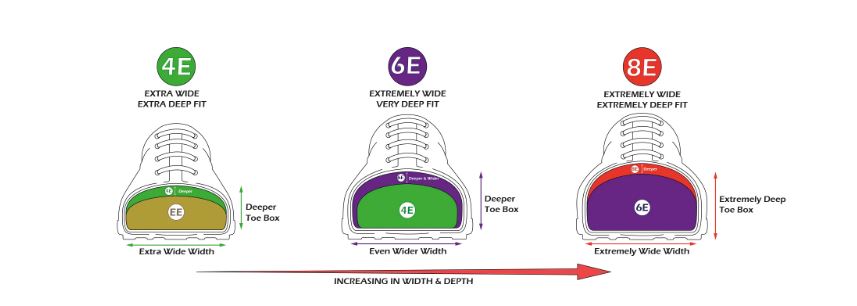

How to accuratley measure your shoes size and width..
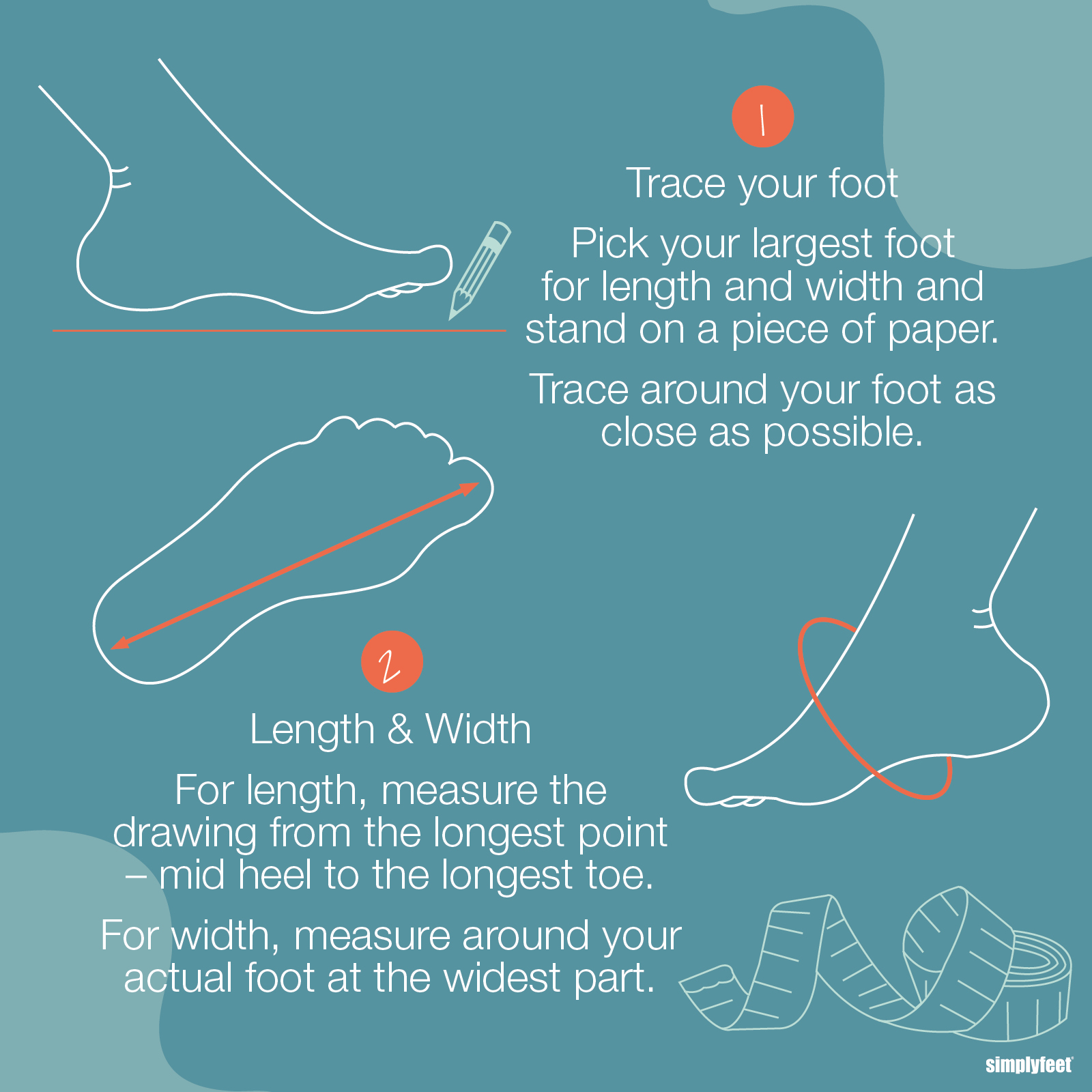

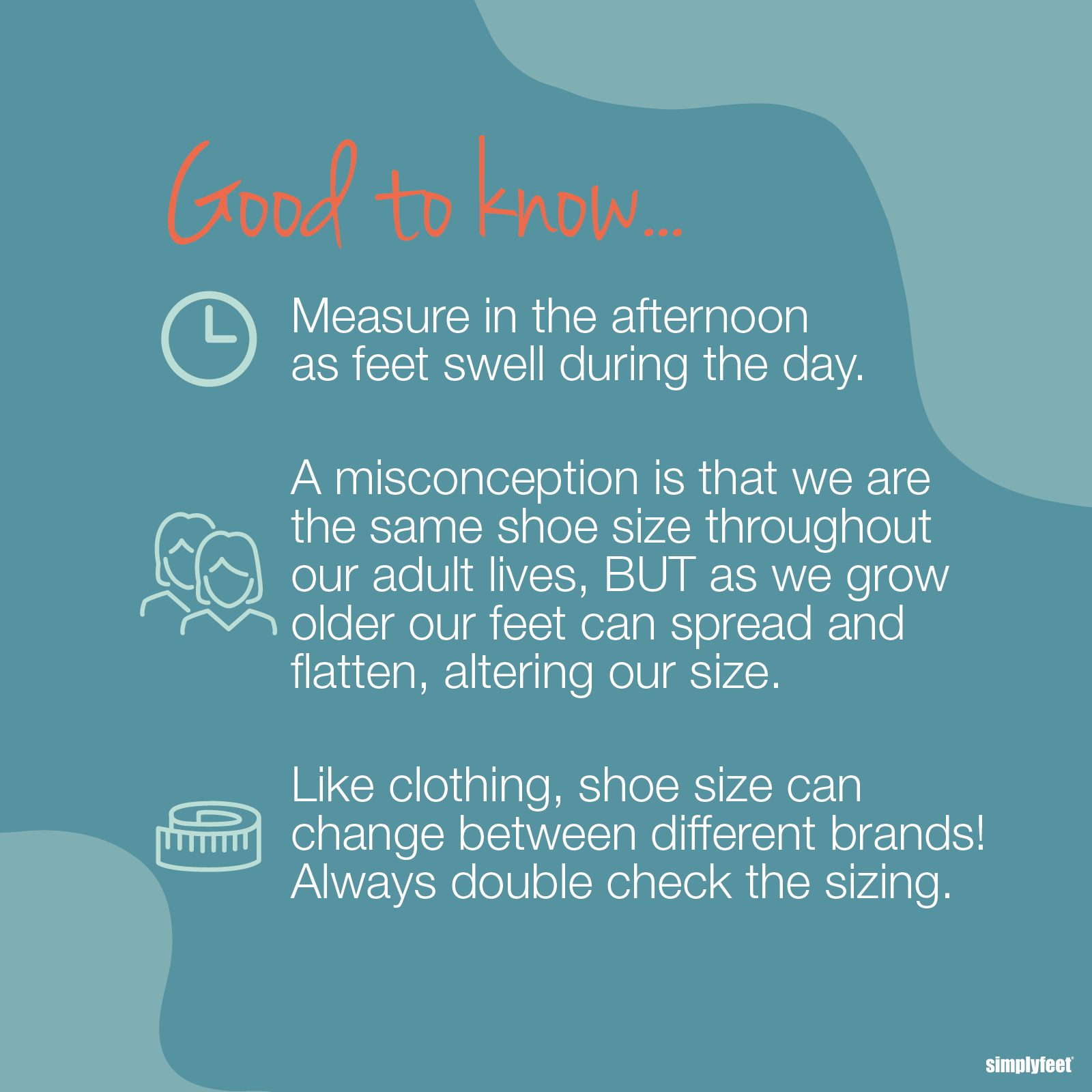

Footwear Size Charts
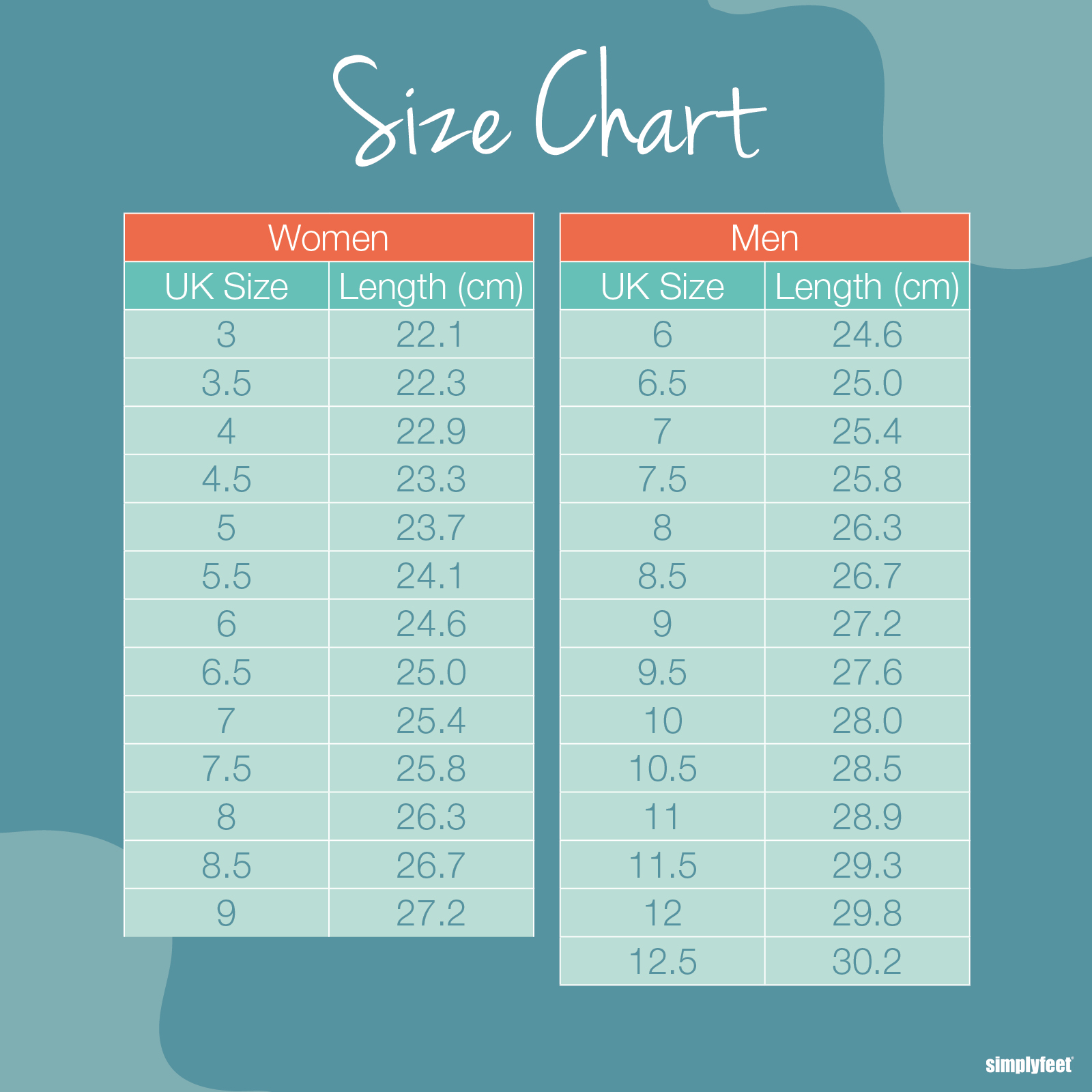

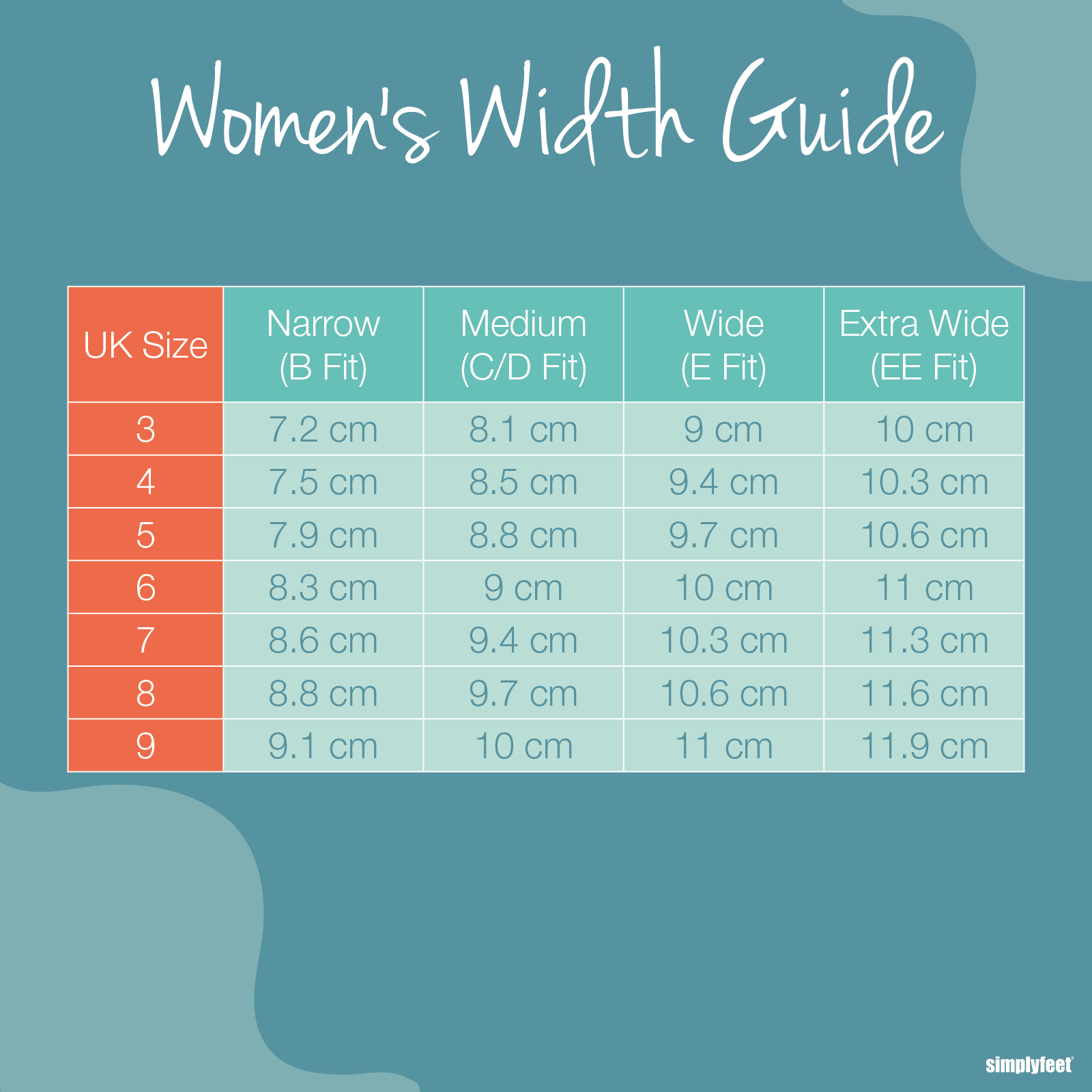

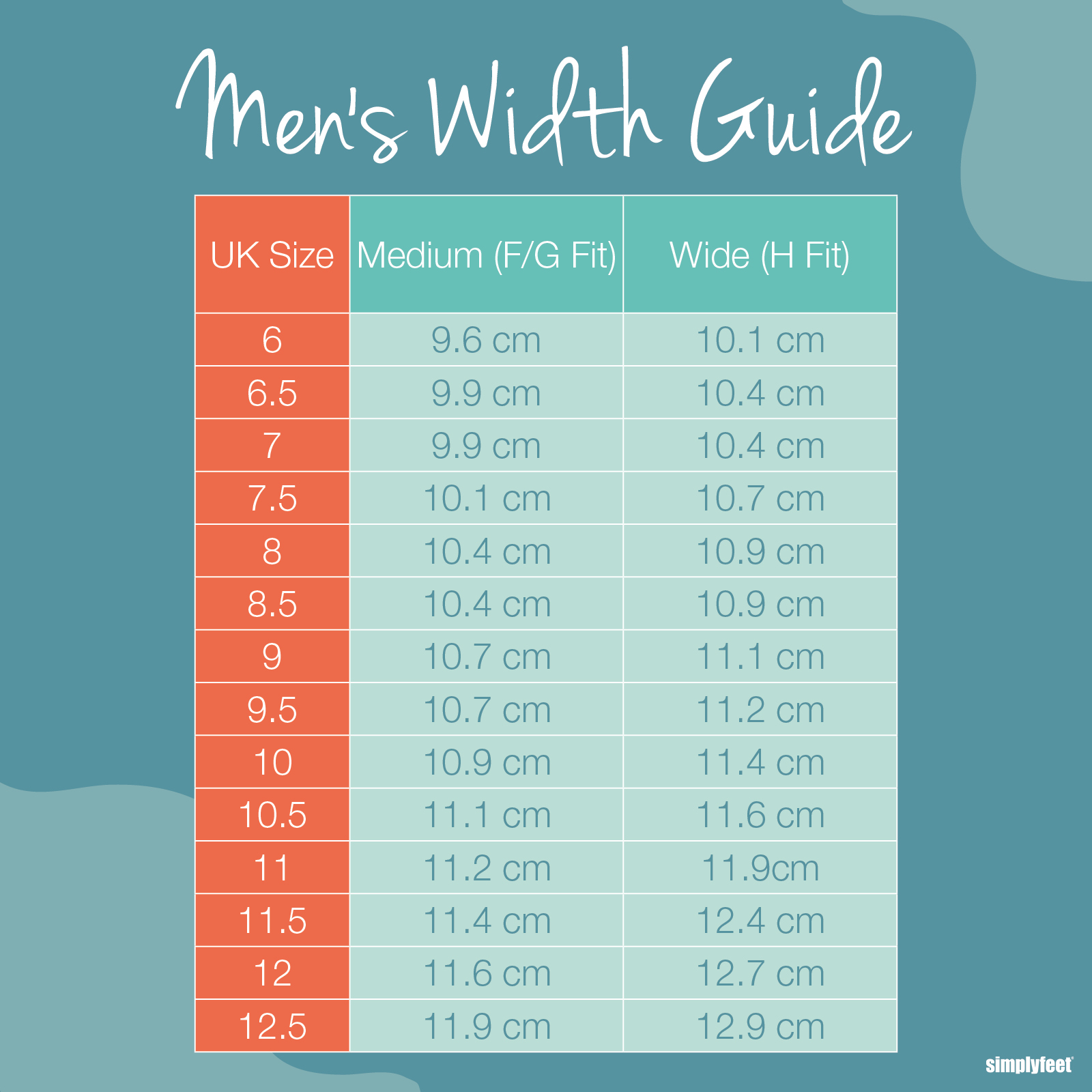

5 Signs you're wearing the wrong shoes
